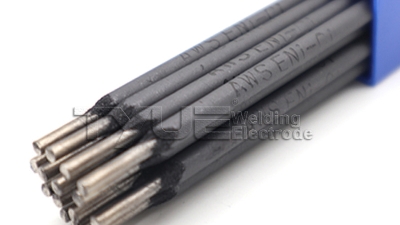Innovative Techniques for Welding Of Cast Iron in Modern Applications
Table of Contents
- Understanding the Unique Challenges of Welding Cast Iron
- Preparation Techniques for Optimal Cast Iron Welding
- Selecting the Right Filler Materials for Cast Iron Projects
- Innovative Welding Processes: TIG, MIG, and Laser Techniques Explained
- Post-Weld Treatment: Enhancing the Integrity of Cast Iron Welds
- Safety Practices and Precautions for Welding Cast Iron
- Enhancing Performance in Welding: Insights from Industry Reports on AWS ENi-C1 Electrodes and Pure Nickel Applications
- FAQS
- Conclusion
- Related Posts
When it comes to modern manufacturing and repair work, welding cast iron has really been getting more attention lately. It’s a tricky area, no doubt, but with the rising need for strong and reliable joints across all sorts of industries, it’s become pretty important. According to a recent report from The Industrial Welding Market, demand for cast iron welding techniques has gone up by over 15% in just a few years — thanks to tech improvements and a push towards more sustainable practices, especially in automotive and aerospace sectors. At Wenzhou Tianyu Electronic Co., Ltd., we’ve been around for over 22 years, specializing in top-notch welding electrodes and consumables. We’re really proud to be leading the charge in this field. Our expertise in stainless steel, carbon steel, and low alloy electrodes helps us tackle the tough challenges that come with welding cast iron. This guide is all about exploring innovative techniques that can make cast iron welding more effective and reliable, helping ensure that the structures we build last and stay strong over time.
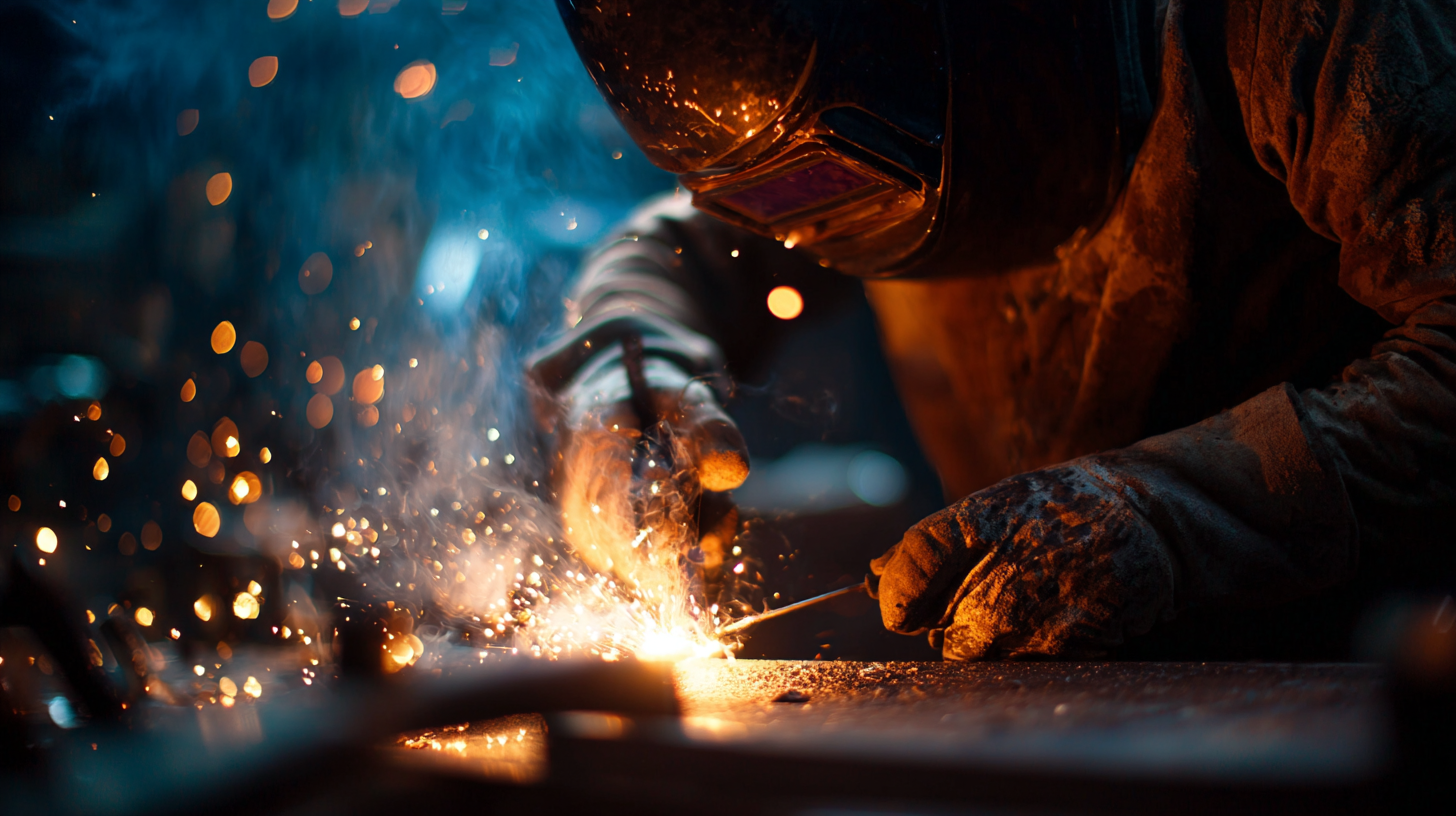
Understanding the Unique Challenges of Welding Cast Iron
Welding cast iron? Yeah, it's not exactly a walk in the park. Because of its high carbon content and that characteristic brittleness, cast iron tends to crack quite easily—especially when you're actually welding it. I’ve read reports, even from the American Welding Society, that say cast iron’s crack sensitivity can be up to five times higher than other metals. That’s a big deal! So, it really calls for some special tricks up your sleeve, like preheating the piece and choosing the right filler material—those little steps really make a difference in getting a solid, durable weld.
Over the past 22 years at Wenzhou Tianyu Electronic Co., Ltd., we’ve seen firsthand how welding tech has evolved. We’ve developed a whole line of products, including low alloy welding electrodes tailored for cast iron, to help tackle those tricky welds. For example, we’ve improved our electrodes with nickel-based fillers—they boost ductility and help reduce stress, making the welds much more reliable. Industry studies also point out that choosing the wrong welding consumables can bump failure rates in cast iron welds by around 30%. So yeah, it’s crucial for professionals to use top-quality materials and the best techniques available. Trust me, taking those extra steps can really save you from headaches down the line.
Innovative Techniques for Welding Of Cast Iron in Modern Applications - Understanding the Unique Challenges of Welding Cast Iron
| Technique | Description | Advantages | Challenges |
|---|---|---|---|
| Preheating | Heating the cast iron before welding to reduce thermal stresses. | Reduces cracking and improves weld quality. | Requires time and energy; must control heating temperature. |
| Ni-Fe Alloys | Using nickel-iron alloy rods for welding. | Stronger welds with better resistance to cracking. | Higher cost of materials compared to traditional rods. |
| TIG Welding | Tungsten Inert Gas welding for precision. | Precise control over heat input and filler material. | Slower process; requires more skill and practice. |
| MIG Welding | Metal Inert Gas welding method. | Higher deposition rates and faster welding speeds. | Less control over heat; may lead to distortions. |
| Post-Weld Treatment | Treatment after welding to relieve residual stresses. | Enhances durability and longevity of the weld. | Additional time and labor costs involved. |
Preparation Techniques for Optimal Cast Iron Welding
Getting your preparation right is a big deal if you want to do a solid weld on cast iron, especially these days with all the industrial stuff going on. When you properly clean and prep the surface—like grinding, sandblasting, or even using a chemical cleaner—you’re helping the weld stick better and preventing cracks from popping up later. Believe it or not, the American Welding Society points out that about 30% of cast iron welding problems happen because folks skip or rush this step. So yeah, don’t skip the cleaning! Make sure to check the surface’s pH afterward—aim for it to be pretty neutral—that way, you’re not introducing contamination. Also, preheating the piece to somewhere between 400°F and 800°F can really help reduce thermal stresses and make the cast iron easier to weld.
Another key thing? Picking the right filler material. Eutectic and nickel-based fillers tend to be your best bets—they work well with cast iron and give you stronger, more ductile welds once cooled. It turns out, research from the Welding Institute shows that choosing the right filler can bump up your weld quality by as much as 50%.
And here’s a bonus tip—consider doing a tensile test on your welds. That way, you can see how strong and ductile they really are, which gives you a good idea if your prep work paid off or if you need to tweak your process a bit.
Selecting the Right Filler Materials for Cast Iron Projects
When it comes to welding cast iron, picking the right filler material is super important if you want a strong, long-lasting joint. Cast iron’s known for being kind of brittle and having a pretty unique makeup, so you gotta use fillers that can handle its special thermal and physical traits. Nickel-based fillers are usually the go-to choice—they play nicely with cast iron, offering good strength and resistance to rust and corrosion. Plus, they help reduce the chances of cracking, which is a common headache during welding.
But hey, aside from nickel-based options, you might wanna consider silicon bronze fillers too. They’re especially handy when working with thinner sections of cast iron. Silicon bronze is a lot easier to weld and tends to stick well without messing up the original shape or causing distortions. When you’re picking out a filler, it’s really important to think about what kind of cast iron you’re working with—whether it’s gray, ductile, or malleable—since each might need a slightly different approach in terms of filler and technique. Also, taking the time to prep and pre-heat the material can make a big difference, giving you a much better shot at a successful weld, no matter the project.
All in all, choosing the right filler and prepping properly can really make or break your welding results, especially in today’s modern applications.
Filler Material Selection for Welding of Cast Iron
This chart illustrates the popularity of different filler materials used in welding cast iron projects, demonstrating the trends and preferences in modern applications.
Innovative Welding Processes: TIG, MIG, and Laser Techniques Explained
You know, when it comes to modern manufacturing, welding cast iron has really come a long way. Today, folks are using all sorts of innovative techniques like TIG, MIG, and laser welding. Each of these methods has its own perks—whether you're aiming for better efficiency or top-notch quality—and they’re pretty much essential in industries from automotive to aerospace. I read a report from Grand View Research that predicts the global welding market will hit $30 billion by 2025, largely because of how these technologies are advancing.
Now, let's talk about TIG (that's Tungsten Inert Gas) welding—it's really appreciated for its precision. It’s especially great for thin sections of cast iron, giving you high-quality welds with hardly any distortion. The American Welding Society even published a study showing that TIG welding can achieve a penetration rate of just 1 mm in some cases, all while keeping the structure safe and sound.
On the flip side, MIG (Metal Inert Gas) welding is more about speed and productivity. It’s often used for bigger cast iron parts because it gets the job done faster. In fact, some research shows MIG can boost welding speeds by around 30% compared to older methods—that’s a big deal in factories where time is money. And then there’s laser welding—this one’s a bit of a game-changer. It offers incredible precision with very little heat input, which makes it perfect for complex assembly work involving cast iron. As industries keep adopting these new techniques, we’re seeing improvements not just in quality but also in how efficiently things are being made. It’s pretty exciting to think about how much more versatile cast iron has become across different sectors today.
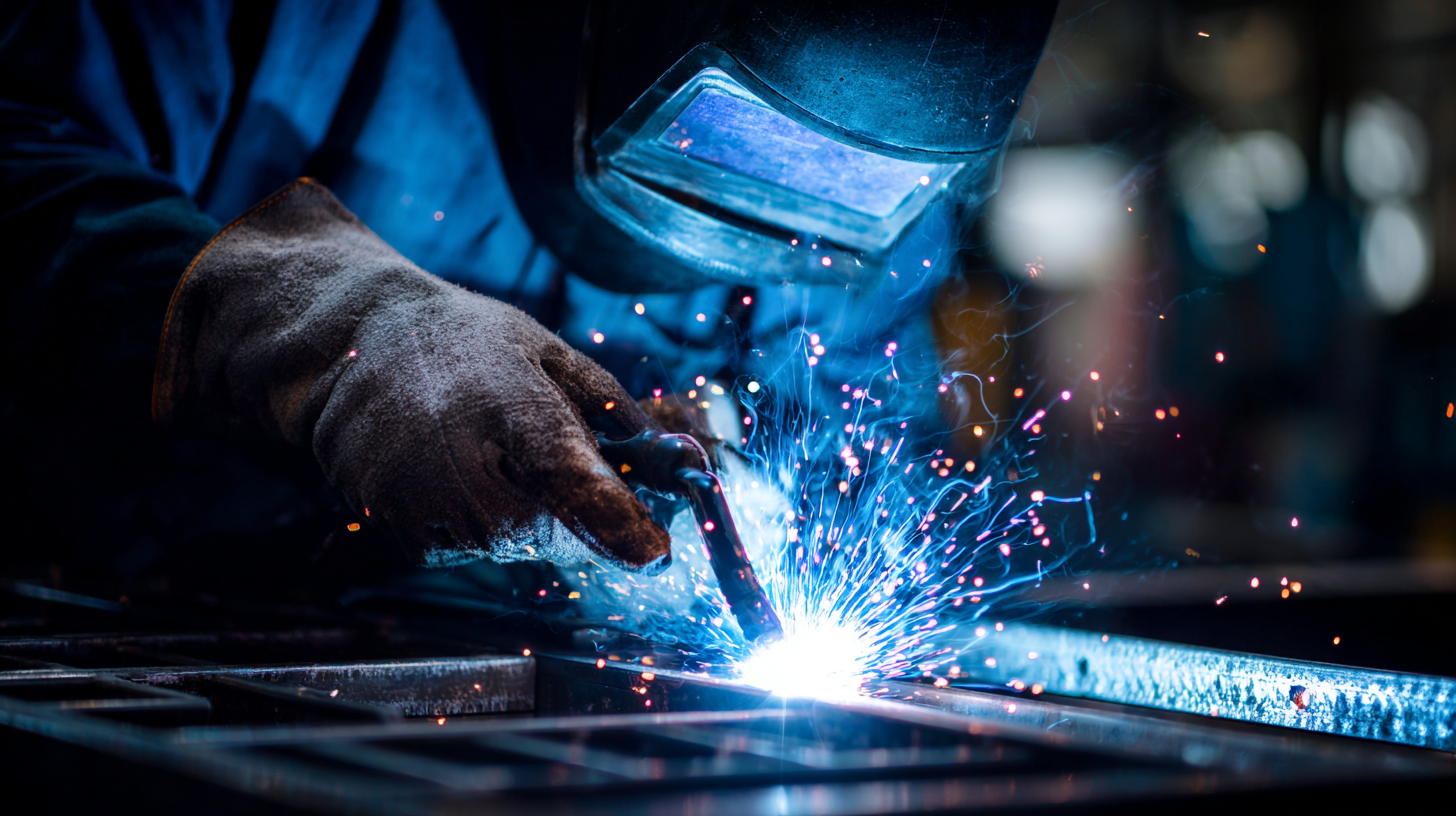
Post-Weld Treatment: Enhancing the Integrity of Cast Iron Welds
Post-weld treatment is really crucial when it comes to making cast iron welds stronger and more reliable, especially these days. When you're welding, residual stresses often sneak in because of how quickly the metal heats up and cools down. These stresses can cause problems like cracking in the heat-affected zone, which obviously weakens the whole joint. That's where post-weld heat treatment, or PWHT, comes into play—by doing this, we can help relieve those stresses, bring back the material’s mechanical strength, and boost fatigue resistance. This is especially important in areas where stuff has to handle a lot of stress.
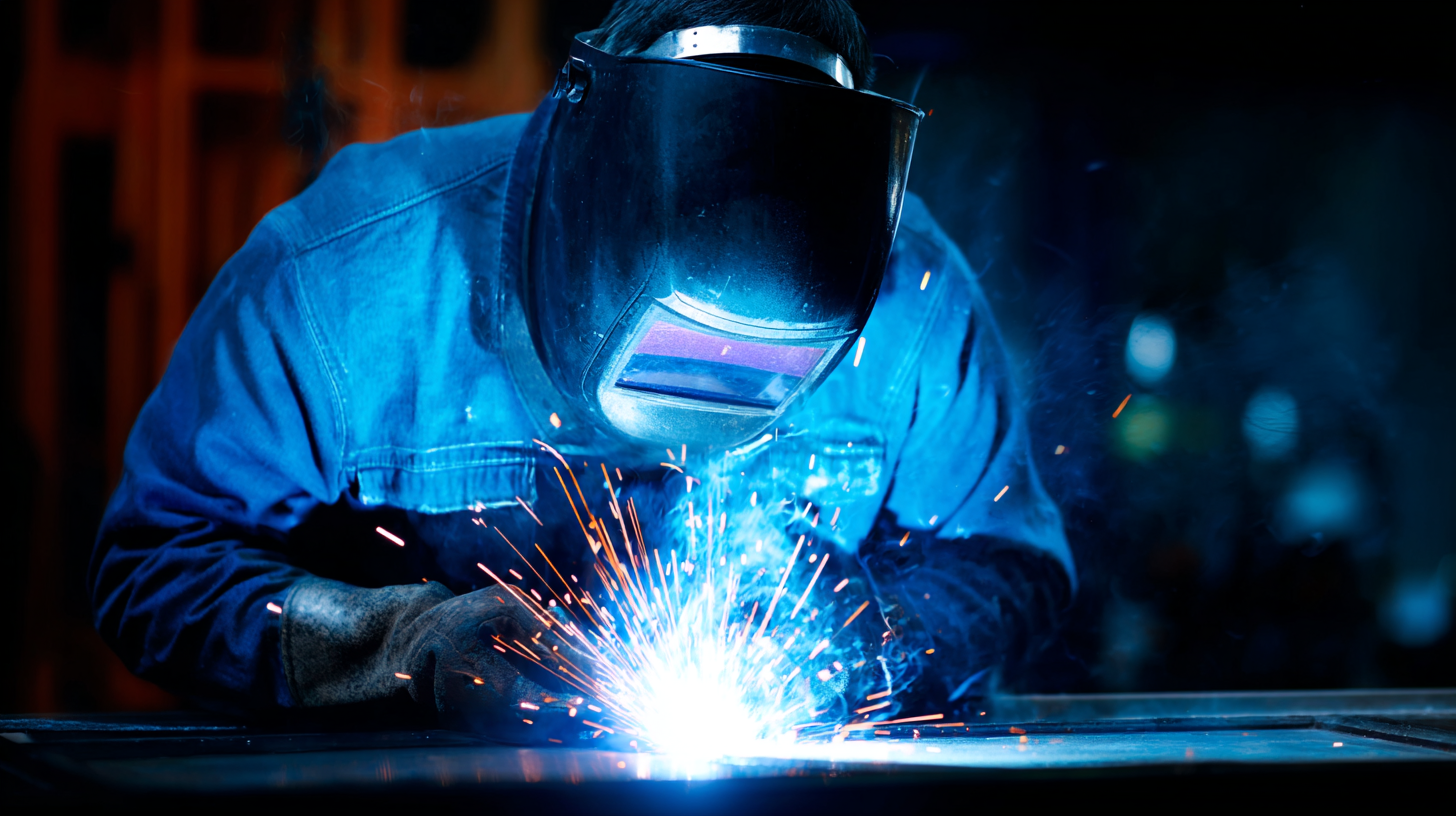
There are actually some pretty cool new techniques for PWHT tailored to different needs of cast iron welds. Engineers sometimes add specific alloying elements or use austempering processes to fine-tune the microstructure and give the weld better performance. For example, controlling how fast the metal heats and cools can really help reduce the chances of cracks forming in the heat-affected zone and can make the finished weld work even better. By focusing on these advanced post-weld treatments, folks in engineering can significantly improve how durable and reliable cast iron structures are, making sure they hold up well across different industries.
Safety Practices and Precautions for Welding Cast Iron
Welding cast iron is kinda tricky because it's pretty brittle and tends to crack easily. So, when you're tackling a welding project with cast iron, it's super important to follow safety rules and take the right precautions. The American Welding Society (AWS) points out that about 30% of accidents in welding happen because people aren’t using the right techniques or safety gear. To stay safe, make sure you’re wearing PPE like gloves, a face shield, and respiratory protection—this stuff shields you from harmful fumes and UV rays.
Getting everything prepped properly before you start welding can really make a difference too. You wanna start by cleaning the cast iron surface—get rid of any rust, dirt, or grease. Using the right filler material is key too; for example, nickel-based alloys can help prevent cracking and warping during the weld. The International Institute of Welding (IIW) also recommends preheating the cast iron to around 400°F (204°C); it helps reduce thermal stress and makes the weld stronger overall.
If you stick to safety practices and use some smart welding techniques, you can not only get solid, high-quality welds but also keep the work environment safer for everyone involved.
Enhancing Performance in Welding: Insights from Industry Reports on AWS ENi-C1 Electrodes and Pure Nickel Applications
The welding industry has continuously sought methods to enhance performance and optimize results, and insights from recent industry reports highlight the advantages of using AWS ENi-C1 electrodes, particularly in applications involving pure nickel. Known for its exceptional properties, AWS ENi-C1 (Z308) is a cast iron electrode featuring a low carbon steel core and a strong graphitized coating. This unique composition allows for excellent weldability and adaptability in various welding applications, especially when dealing with nickel-based alloys.
Utilizing AWS ENi-C1 electrodes in welding offers several significant benefits. The low carbon steel core contributes to improved mechanical properties of the weld, ensuring that the joints achieve the necessary strength and durability. The strong graphitized coating not only enhances the flow of the electrode during the welding process but also minimizes the risk of defects in the finished weld. This makes AWS ENi-C1 particularly suitable for applications in industries that require high precision and reliability, such as aerospace and automotive sectors.
Moreover, the compatibility of AWS ENi-C1 electrodes with pure nickel ensures that welds maintain their integrity even under challenging conditions. By leveraging these electrodes, welders can achieve consistent quality and performance, leading to more efficient production cycles and reduced rework. As the industry moves towards advanced welding techniques, products like AWS ENi-C1 are indispensable tools that contribute to successful welding operations, setting new standards for quality and performance in the field.
FAQS
: The main challenges of welding cast iron include its high carbon content, brittleness, and susceptibility to cracking, which can be five times greater than other metals during the welding process.
Preheating cast iron to around 400°F (204°C) is crucial as it helps decrease thermal stress and improves weld integrity, reducing the risk of cracking and distortion.
It is advisable to use appropriate filler materials, such as nickel-based alloys, which enhance ductility and reduce stress during the welding process.
Improper material choice can lead to a 30% increase in failure rates for cast iron welds, making the selection of high-quality welding consumables crucial.
Essential safety measures include wearing personal protective equipment (PPE) like gloves, face shields, and respiratory protection to safeguard against harmful fumes and UV radiation.
Cleaning the surface to remove debris, rust, and contaminants is vital as it enhances safety and helps achieve better quality welds by minimizing the risk of defects.
Approximately 30% of welding-related accidents are attributed to improper techniques or inadequate safety measures, underscoring the importance of following established safety practices.
Welding technology has evolved with innovations in electrode composition, such as using low alloy welding electrodes and nickel-based fillers, to better meet the challenges of welding cast iron.
Industry reports emphasize the importance of selecting the right welding consumables and techniques, guiding professionals to achieve reliable and high-quality results in cast iron welding.
Proper pre-welding preparations include cleaning the cast iron surface and utilizing appropriate filler materials, which significantly enhance safety outcomes and weld quality.
Conclusion
When it comes to modern applications, welding cast iron is kind of a tricky business, and it really calls for some creative solutions. Knowing what makes this challenging is super important if you want those welds to be strong and last a long time. Things like cleaning the metal thoroughly and preheating before starting are pretty much the basics—and they set the stage for everything to go smoothly. Picking the right filler material is just as crucial, because you need something that bonds well and keeps the final product tough and reliable.
Then there are more advanced welding methods like TIG, MIG, or laser welding—each has its own perks when you're dealing with cast iron. After the weld is done, some post-weld treatments can really boost its strength, and of course, safety should never be sidelined—making sure everyone stays protected and the work environment stays safe is key. Here at Wenzhou Tianyu Electronic Co., Ltd., with over 20 years under our belt in making quality welding electrodes and consumables, we’re dedicated to helping you weld cast iron effectively and safely with our wide range of top-notch products.
Related Posts
-

Unmatched Quality Best Cast Iron Welding Rods from China's Leading Manufacturer for Global Export
-

How to Identify Top Manufacturers for the Best Copper Brass Products Globally
-
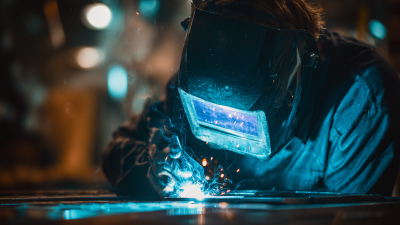
Exploring Innovative Techniques for Welding Cast Aluminum Alternatives
-

Understanding Export and Import Certifications for the Best Electrode For Welding
-

Elevate Your Welding Standards with E81T-Ni1: Quality Chinese Manufacturing for Global Markets
-

15 Best Tips for Choosing the Best Flux Core Mig Wire for Your Business
Blog Tags:


